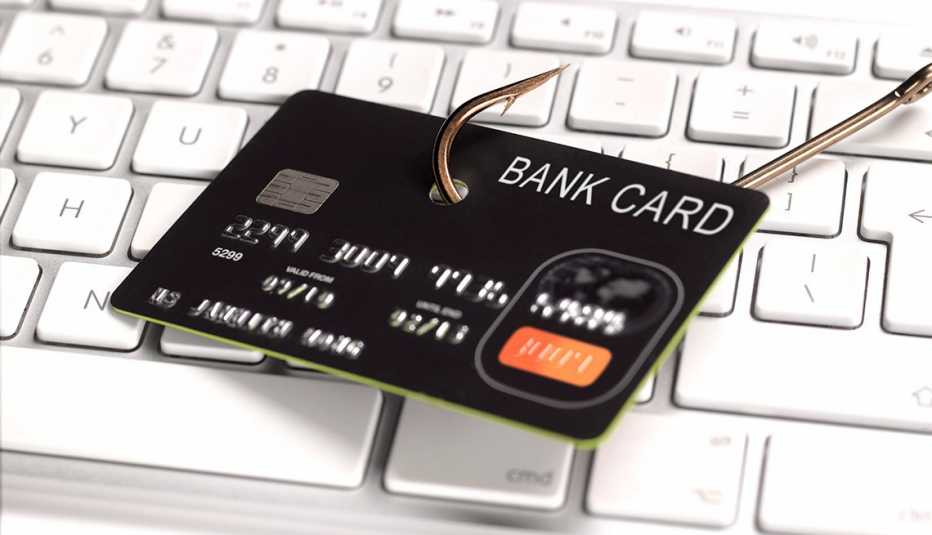Staying Fit
User reviews help us decide what to buy, where to eat and even what doctor to see. In a recent NRC Market Insights study, 92 percent of people said online reviews guided their purchasing, and 83 percent valued them more than personal recommendations.
Unfortunately, many online reviews are fakes. Fakespot, which rates ratings, says at least 1 in 3 reviews at Amazon, TripAdvisor, Sephora and Walmart are unreliable. Others who have studied reviews, including the Washington Post and the Federal Trade Commission (which took action against fakes last year), confirm the problem. All major sites screen for phonies, but many still get through, says Rob Gross, Fakespot's chief operating officer. (TripAdvisor says Fakespot's analysis is unreliable. Sephora says it believes its reviews are unbiased and authentic. Amazon says it's “relentless” in its protection of reviews’ integrity. Walmart didn't respond to an inquiry.)


AARP Membership— $12 for your first year when you sign up for Automatic Renewal
Get instant access to members-only products and hundreds of discounts, a free second membership, and a subscription to AARP the Magazine.
So how can you find a real gem? Don't look for an overall five-star rating and call it a day. Here are my top tips for using user reviews.
Amazon
To judge the honesty of individual reviews on Amazon (or on any site), give more credence to reviews that address both pluses and minuses, not gushy ones or flat-out pans. Nuance within a review gives you more insight and signals that it was written honestly. You can also use free services like ReviewMeta and Fakespot, which assess the trustworthiness of user reviews and ratings. A Fakespot “A” grade is reassuring; lower marks, of which there are a dishearteningly large number, aren't necessarily deal breakers, but signs that you should check reviews on other sites.
TripAdvisor
Read the most recent reviews on this travel site first, since hotels may be great one month and terrible the next due to, say, a noisy renovation. Because there's no way to verify that reviewers were actual guests (they might be shills or competitors), cross-check hotel reviews at Booking.com and Expedia, where entries are only from travelers who booked at those sites. Cross-check restaurant reviews at OpenTable for the same reason. If you have a specific concern, you can search all reviews on TripAdvisor—say, by entering “handicap” to see what others say about accessibility.
For ways to save and more, get AARP’s monthly Money newsletter.



































































